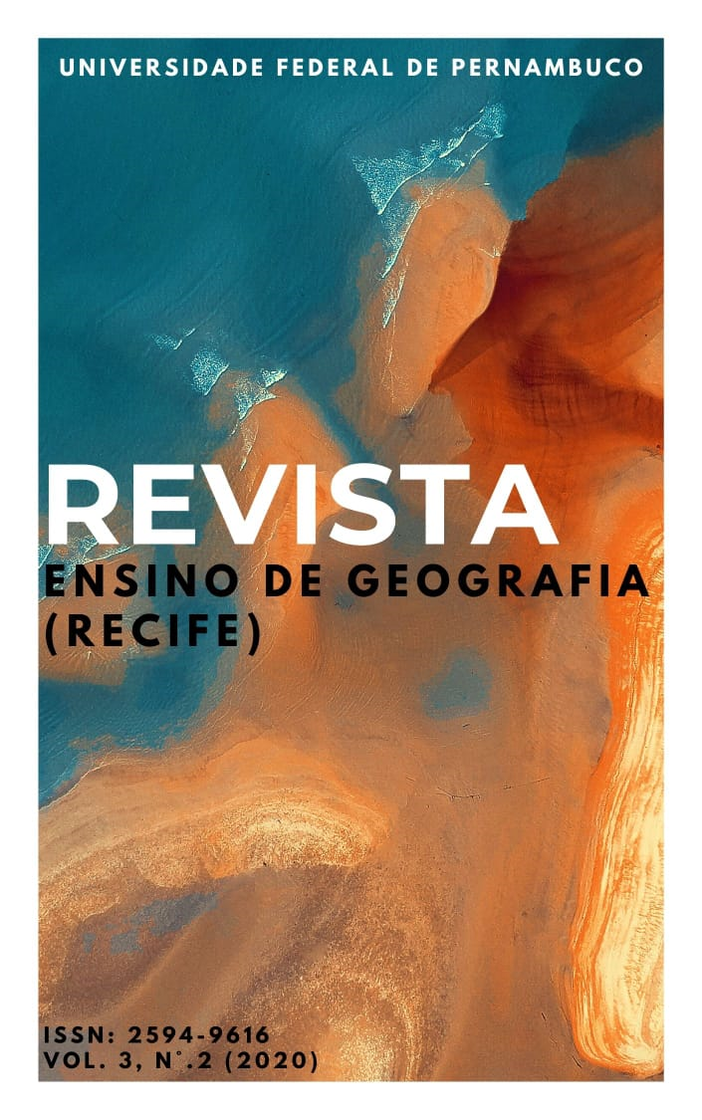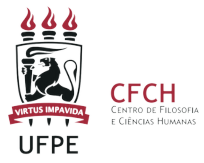Between limits and possibilities of school geography
DOI:
https://doi.org/10.51359/2594-9616.2020.244389Keywords:
Education, Citizen. Statistic data, Gilberto DimensteinAbstract
This study aims to build a comparative analysis of Brazilian education through data from decades, using as a basis the important postulate entitled "The Citizen of Paper" by the author Gilberto Dimenstein, a book that seeks to trace the reality ofBrazilian society through statistical data from the 1990s about the problems that plague the country. Thus, the work has in its development the updating and comparison between the data in Dimenstein's book and current statistics, however, directed to the aspect that is portrayed in the book, being education. The data were collected at the Brazilian Institute of Geography and Statistics (IBGE), in its SIDRA database, at the Ministry of Education (MEC), at the National Institute of Studies and Research Anísio Teixeira (INEP), and among others. Finally, with this data it was possible to build comparative maps of the Brazilian educational reality in themes such as: illiteracy, school dropout, number of basic education enrollments, among other themes, making it possible to understand Brazilian education between two distinct decades. As expected results, the data showed that education in Brazil presented great social advances, especially in those related to illiteracy, however, there is still a picture of challenges to be overcome, and as we will see it is through education that the development of a nation is possible.References
BRASIL. Remuneração: Inep divulga estudo sobre salário de professor da educação básica. 2017. Disponível em: http://portal.mec.gov.br/busca-geral/222-noticias/537011943/50471-inep-divulga-estudo-sobre-salario-de-professor-da-ducacao-basica. Acesso em: 05 dez. 2018.
BRASIL. IDEB: O que é o IDEB. 2015. Disponível em: <http://portal.inep.gov.br/web/guest/ideb>. Acesso em: 05 dez. 2018.
BRASIL. IDEB: Apresentação. 2015. Disponível em: <http://portal.mec.gov.br/conheca-o-ideb>. Acesso em: 05 dez. 2018.
BRASIL. Instituto Brasileiro de Geografia e Estatística. 2017. Disponível em: <https://www.ibge.gov.br/>. Acesso em: 05 dez. 2018.
BRASIL. Serie Estatísticas e Series Históricas - Instituto Brasileiro de Geografia e Estatística. 2018. Disponível em: https://seriesestatisticas.ibge.gov.br/. Acesso em: 05 dez. 2018.
DIMENSTEIN, Gilberto. O cidadão de papel: a infância, a adolescência e os direitos humanos no Brasil. 3. ed. Ática: São Paulo, 1993.
MACHADO, Gregório Borges. Educação e Cidadania: A Formação Do Cidadão A Partir Do Ensino Da Geografia, A Possibilidade De Conhecimento Do Espaço A Partir De Sua Estrutura Normativa e Cidadania. UNB, 2008.
SANTOS, Milton. O espaço do cidadão. São Paulo: Nobel, 2007.
Downloads
Published
How to Cite
Issue
Section
License
Copyright (c) 2021 João Paulo Teixeira Viana

This work is licensed under a Creative Commons Attribution 4.0 International License.
Authors who publish with this journal agree to the following terms:- Authors retain copyright and grant the REVISTA ENSINO DE GEOGRAFIA (RECIFE) right of first publication with the work simultaneously licensed under a Creative Commons Attribution NonCommercial International 4.0 (CC BY-NC) that allows others to share the work with an acknowledgement of the work's authorship and initial publication in this journal.
- Authors are able to enter into separate, additional contractual arrangements for the non-exclusive distribution of the journal's published version of the work (e.g., post it to an institutional repository or publish it in a book), with an acknowledgement of its initial publication in this journal.
- Authors are permitted and encouraged to post their work online (e.g., in institutional repositories or on their website) prior to and during the submission process, as it can lead to productive exchanges, as well as earlier and greater citation of published work.



